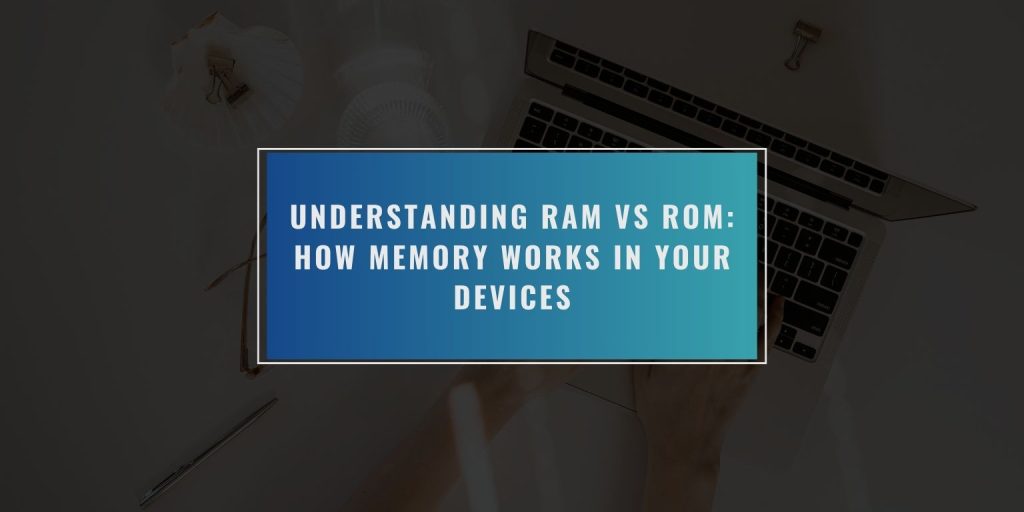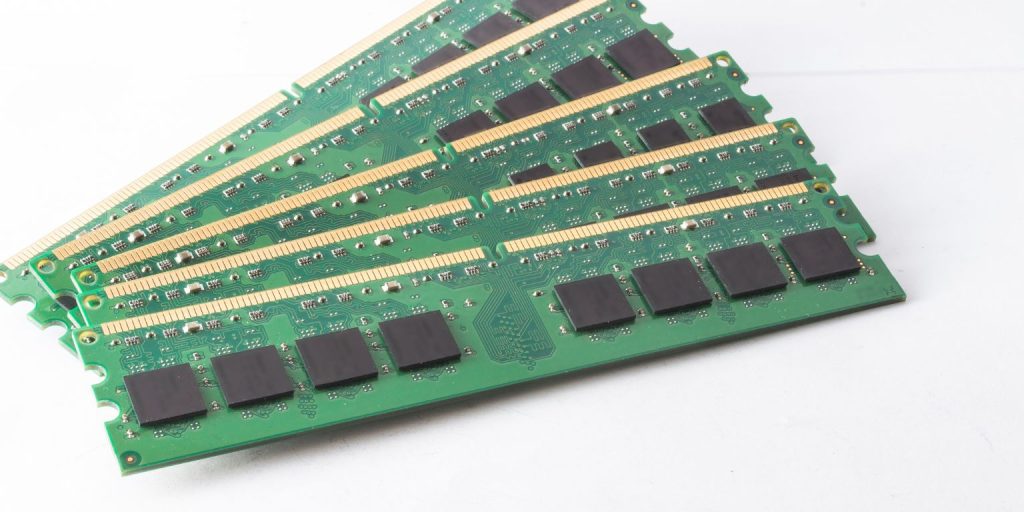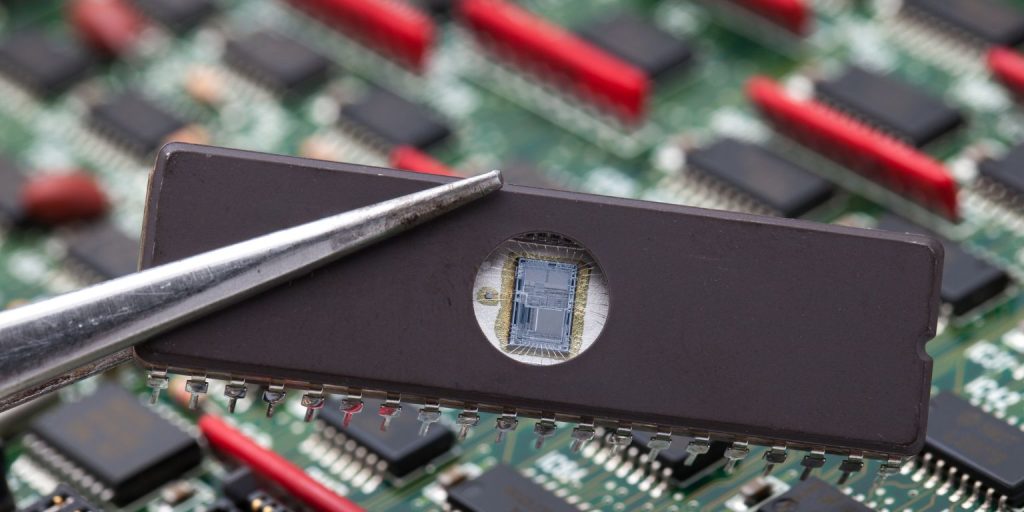We hear about RAM and ROM all the time, especially when talking about phones, computers, or tablets. But what are they really? And how are they different?
This article keeps it easy. No jargon. No fluff. Just straight facts — like how a real person would explain it. Let’s break it down.
What Is RAM Used For in Everyday Devices?
RAM stands for Random Access Memory. It’s where your device stores data it’s using right now. Think of it like your short-term memory. It helps your system run apps, load programs, and switch between tasks.
For example, when you open a game or a browser, it loads into RAM. That’s why more RAM usually means smoother multitasking. But RAM is temporary. Once you shut down your device, everything in RAM gets cleared. It’s fast, but it doesn’t last.
Devices like laptops and smartphones usually have 4GB, 8GB, or even 16GB of RAM. More RAM means your device can do more at once without slowing down.
What Is ROM Used For?
ROM means Read-Only Memory. It’s built into your device and stores permanent data. Things like the instructions your computer uses to start up, or your phone’s operating system.
ROM doesn’t get wiped when you turn off your device. That’s because it’s non-volatile. It keeps its data, no matter what.
Unlike RAM, you usually can’t change what’s in ROM — at least not easily. Some ROM types (like Flash ROM) can be updated, but it’s not something most users do every day.
You’ll find ROM in PCs, smart TVs, printers, and even microwaves — anywhere a device needs to “know” what to do right when it turns on.
RAM vs ROM: What’s the Difference?
Let’s keep it simple.
- RAM is temporary. ROM is permanent.
- RAM is fast and changes often. ROM is slow but stable.
- RAM helps you run apps. ROM helps your device boot up.
- RAM clears when power is off. ROM stays exactly the same.
- You can usually upgrade RAM, but ROM stays fixed.
They’re both needed, but they serve different jobs.
Why Devices Use Both Types of Memory?
Your device needs ROM to start. It holds the system files and startup instructions.
But it also needs RAM to run programs smoothly once it’s on. They work together — ROM starts the engine, RAM keeps the wheels turning.
Without ROM, your device wouldn’t turn on. Without RAM, it would run very slowly or freeze while multitasking.
Real-Life Examples
- When you boot up your laptop, ROM tells it how to start. Then RAM loads your desktop and apps.
- On your phone, ROM stores the operating system. RAM keeps your apps running without crashing.
RAM is like your desk. The more space you have, the more work you can do at once. ROM is like your bookshelf — it stores what’s needed to start the day.
Conclusion
Knowing what RAM and ROM do helps you understand your device better. It also helps when you’re buying something new or checking system specs.
To put it simply:
- RAM = short-term memory (fast, temporary)
- ROM = built-in instructions (slow, permanent)
They do different things, but you need both for your computer or phone to work right.




